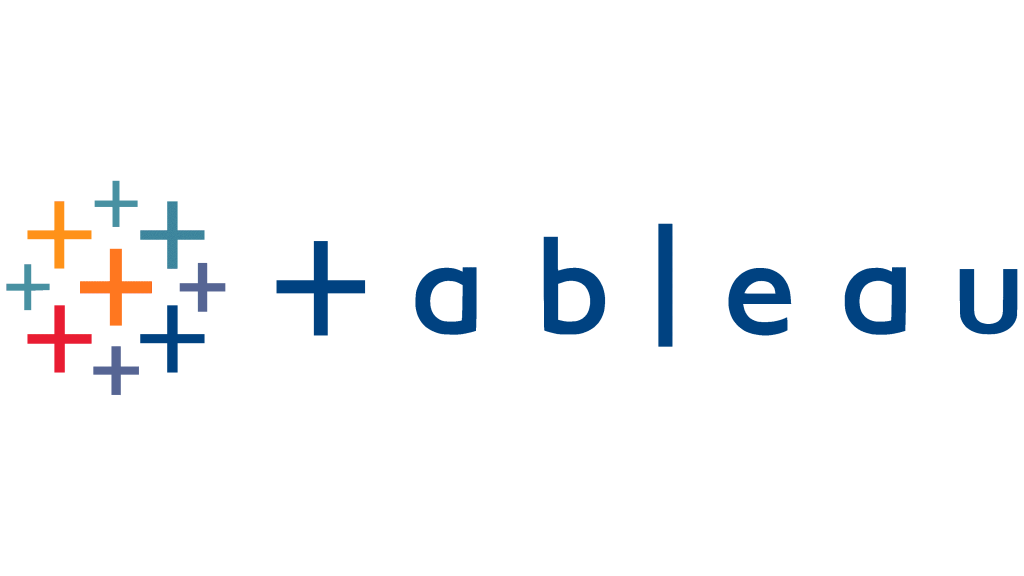2023/07/31
TOP DATA VISUALIZATION FREE COURSE FOR FRESHERS | DATA ANALYTICS COURSE FOR FREE | TABLEAU COURSE
Data visualization in analytics involves representing complex data sets graphically to uncover insights, trends, and patterns quickly. By creating interactive charts, graphs, and dashboards, it enables users to comprehend data more easily, make informed decisions, and communicate findings effectively, fostering a deeper understanding of the data’s significance.

Here are the five most important points about the importance of Tableau in data visualization:
- User-Friendly Interface: Tableau provides an intuitive and easy-to-use interface, allowing users to create interactive visualizations without extensive technical expertise.
- Interactive and Real-Time Insights: Tableau’s interactive visualizations and real-time data connection enable users to explore data from multiple angles and make timely decisions based on the latest information.
- Flexibility and Customization: Tableau offers a wide range of visualization options and allows users to customize calculations, fields, and dashboards to suit their specific analytical needs.
- Effective Data Communication: With Tableau’s storytelling capabilities, users can present data insights in a compelling and coherent narrative, making it easier for stakeholders to understand and act upon the information.
- Scalability and Collaboration: Tableau is scalable and can handle large datasets, making it suitable for enterprises. It also enables seamless collaboration and data sharing across teams through Tableau Server or Tableau Online.
Note: [Safe Yourself From Fraud’s]
Do not pay for anyone or any recruiter, if someone ask for money immediately report that person.
Do Not Share Any Confidential Information with anyone like ( Credit Card Details or OTP or PAN etc.).
- Dimensions: Categorical data like “Product Category” in sales analysis.
- Measures: Quantitative data like “Revenue” or “Profit” for numerical analysis.
- Filters: Excluding “Low Sales” data to focus on top-selling products.
- Dashboards: Combining multiple visualizations to create an interactive sales performance dashboard.
- Calculated Fields: Creating “Profit Margin” by subtracting “Cost” from “Revenue.”
How To Apply
COURSE LINK-: Apply Here
More Ongoing Jobs For You
Find More Jobs From These Categories
- 2021 Batch Jobs
- Accenture
- amazon
- Any Graduate Jobs
- Apple
- Bank Jobs
- Bcom. bba
- BE/BTech
- Byjus
- cognizant
- CustomerService
- dell
- Excel Jobs
- free course
- Free Resources
- HCL Jobs
- HDFC
- IBM
- Indigo
- infosys
- Internships
- Interview Questions Answers
- myntra
- Non-Tech Jobs
- Off Campus 2022 Batch
- Part Time Job
- Relevel
- tata
- TCS
- Technical
- Uncategorized
- Wipro
- Work From Home Freshers Jobs



